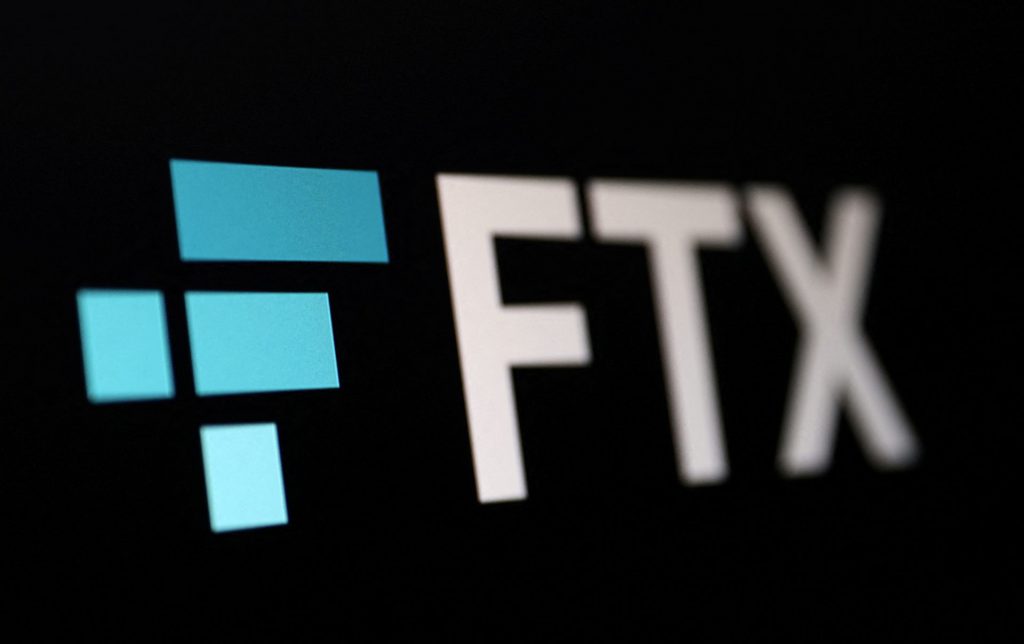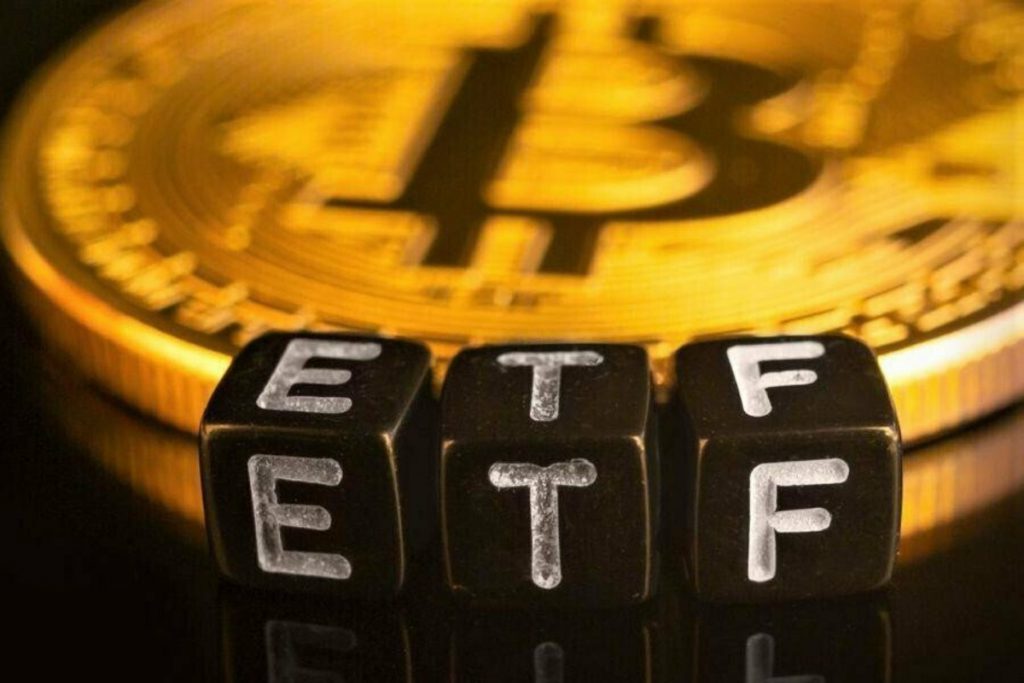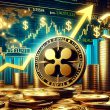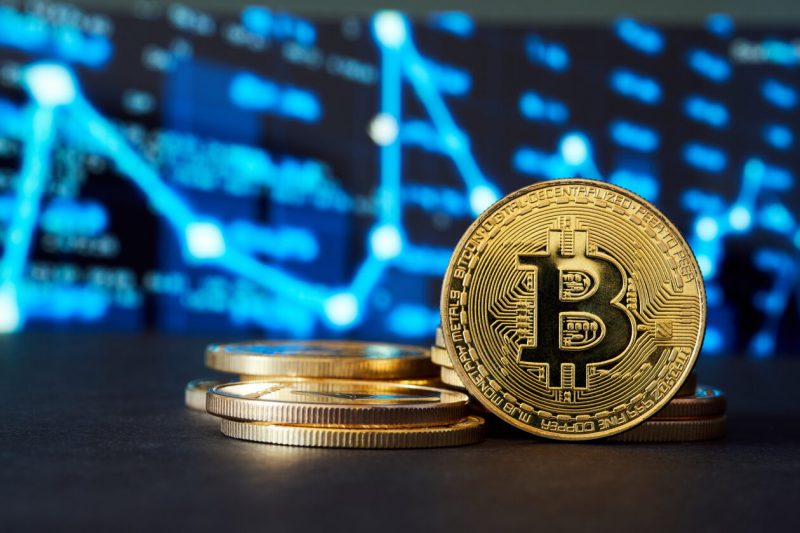Just as Sam Bankman-Fried has been found guilty of all charges, Bitcoin (BTC) is up a remarkable 70% just one year after the FTX collapse. After one of the darkest days for the industry, the most prominent digital asset has rebounded tremendously.
On November 2, 2022, reports began to arrive chronicling the deterioration of the crypto exchange FTX. Subsequently, the fall was met with horrid ramifications for the industry as a whole. Yet, a year later, Bitcoin has seemingly found its footing once again, with more gains potentially awaiting.


Also Read: Michael Saylor’s MicroStrategy Bitcoin Investment Up Almost $1B
Bitcoin Is Up 70% on Anniversary of FTX Collapse
It is hard to believe that the fall of FTX first began to come to light one year ago today. Indeed, Sam Bankman-Fried and the exchange executive team had been outed as the masterminds behind one of America’s largest financial crimes. Subsequently, the entire industry faced a crisis of confidence from investors and regulators. Moreover, many of those issues persist.
However, the industry has continued to display its resistance. Bitcoin (BTC) is up 70% since the collapse of FTX in a remarkable return to form. Specifically, it has rallied to the price of $34,300 on the heels of last year’s terrible crypto winter. Conversely, despite the performance of Bitcoin and the justice being served to Bankman-Fried, wounds remain from its downfall and its effect on the market.


Also Read: Bitcoin Forecasted to Triple in Price, Reach $150,000 in 18 Months
Indeed, reports have shown that the industry is still struggling with liquidity and market depth. Specifically, the ability to absorb large orders and still maintain stable prices has been greatly affected. The coined Alameda Gap has taken its toll on the ability of the industry to make a full recovery.
Bitcoin, Ethereum (ETH), and the top 30 cryptocurrencies have a combined market depth of only 2%. Subsequently, that value is $800 million, which is down 55% since the fall of FTX. What this means is that last year, an order worth 1.8 billion would have moved prices by 2%. Now, just an order for $800 million is necessary to achieve that feat. Therefore, this affirms the weakened state of liquidity for the overall industry.





